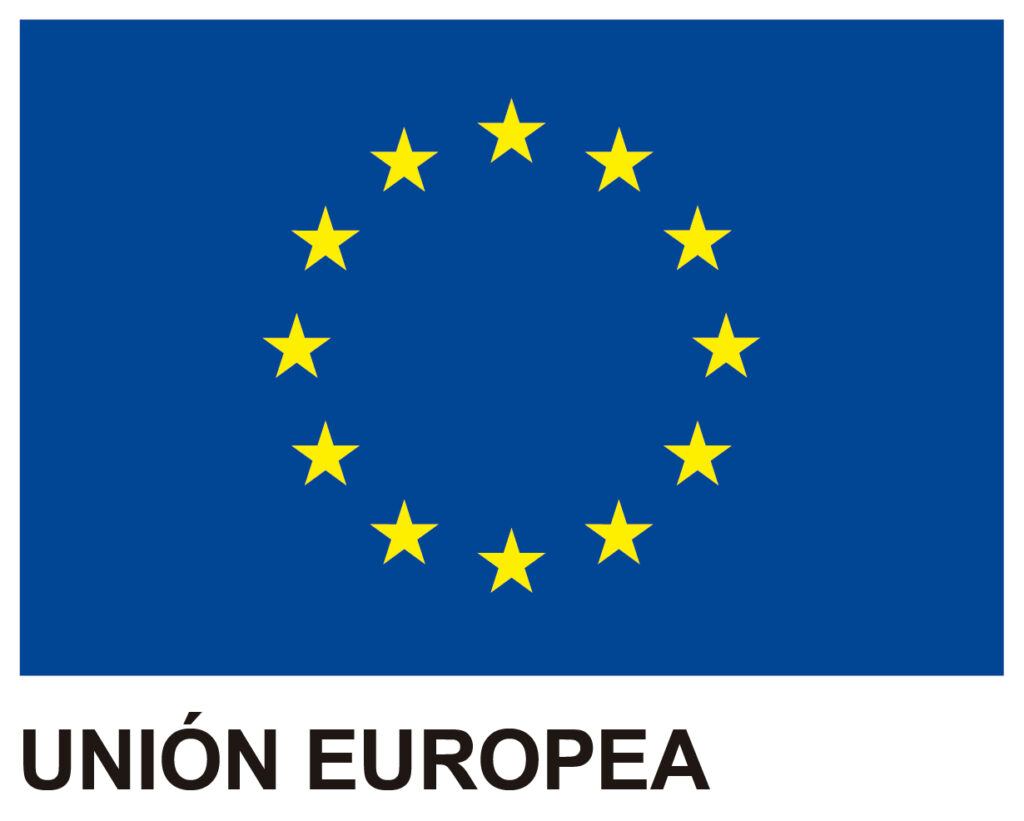A GRC system encompasses the areas of Corporate Governance, Risk analysis and management, and Regulatory and legal Compliance. It is an essential part of organizations, as it aligns business objectives with regulatory and standards compliance while managing risk. Companies use GRC solutions to define, implement, and monitor enterprise-wide risk management strategies. GRC tools help companies control risk to minimize financial, legal, and other types of liabilities.
The advantages of a GRC are based on the ability to establish the organizational structure along with the assessment of all risk information and incident monitoring across the company, as well as the ability to operate in compliance with policies and regulations (compliance).
Considering all of the above, choosing a GRC platform raises questions that need to be resolved, as the correct choice will become a differentiating factor in improving the organization’s competitiveness. We have 5 questions you should ask yourself to select the best GRC software.
1. Have You Conducted an Analysis of your Company’s Situation?
Knowing the maturity state of your own company is key to analyzing where we need to improve, asking ourselves if we have the necessary human team or if we can obtain an integrated GRC system to solve all the concerns facing our organization (reputational crisis management, security breach, operational risks, among others). Each company has unique needs, and it’s important to know what concerns us most to see the scope of the project, and what we need from the GRC system we decide to acquire and that will add value to us.
2. What Features and Benefits Does the Software Offer?
A GRC platform must help companies grow and provide flexibility, but above all, it must monitor and coordinate corporate policies and controls; examine and evaluate risks in any area of the organization (giving maximum importance to risks that could affect the business, supporting with multiple risk management methodologies); as well as adequately review internal and regulatory compliance requirements. Additionally, it will support the planning and implementation of audit programs and tasks and, as far as possible (not all solutions have this), it will have functionality related to business continuity. All this through process automation to facilitate the daily work of the team.
On the other hand, we cannot forget advantages such as notifications, reports, or dashboards.
Additionally, it is important to consider whether the platform offers management in other regulations related to security (ISO 27001) or privacy (GDPR or personal data protection) so that the integrated management model provides greater benefits to the company’s collective.
3. What Do I Need to Work with a GRC Solution?
One of the keys to starting with a GRC solution is simplicity in implementation. From experience, we know that this is one of the key points for companies, and that’s why we understand that the most optimal approach is to set up a project team to automate work processes very quickly. Everything ready to start practically from day one.
Another point to highlight is training, especially in the user adoption part so that, whether it’s a small team or a company of certain size, the user can delve into the software’s capabilities with specific material, videos, guides, webinars, etc.
Also, having a good support team to ensure that the use of the GRC solution is always optimal.
Another important factor for companies is the choice of implementation type they will opt for. For example, the SaaS model that requires no installation, updates are immediate, and maintenance reduces costs. However, there is also the On-premise option for companies looking for greater product customization.
4. Does the Tool Have Catalogs and Controls of Different National and International Regulations or Standards?
It is very relevant that a solution of these characteristics has a catalog of regulations, methodologies, risk catalogs, controls, etc., both at the local level and internationally recognized standards, fully pre-loaded within the solution. This way, you will avoid working with physical documents of the standards or with other browser tabs open. It therefore facilitates going directly to what you need from each regulation.
For example, I need to go directly to a specific control of the ISO 27001 standard to use it in my risk analysis or I want to analyze if the business continuity plan complies with the ISO 22301 standard. This allows you to consult with comfort and speed thanks to an integrated structure. This is achieved with GRC software
5. When Will We Start Seeing Results from the Implementation of the GRC Software?
Depending on the size of the company and the information it has regarding risks, compliance, and governance, the scope of the project will vary.
During the first year, the first results are seen in terms of time savings and process efficiency, which is reflected in the company’s business objectives. According to our internal study in which we analyzed the ROI of the implementation of GlobalSuite® Software GRC, it was concluded that after 12-14 months, a return on investment begins to be seen.
To conclude with the 5 questions to select the best GRC software, when implementing a GRC tool, we can say that all the aspects mentioned in the article make this choice key, and that one of the biggest challenges for organizations is to quantify the benefits and ROI of working with GRC software. At GlobalSuite Solutions, we have been implementing our GlobalSuite® GRC software for over 15 years along with our specialized consulting and project team so that you can start obtaining results from day one.



